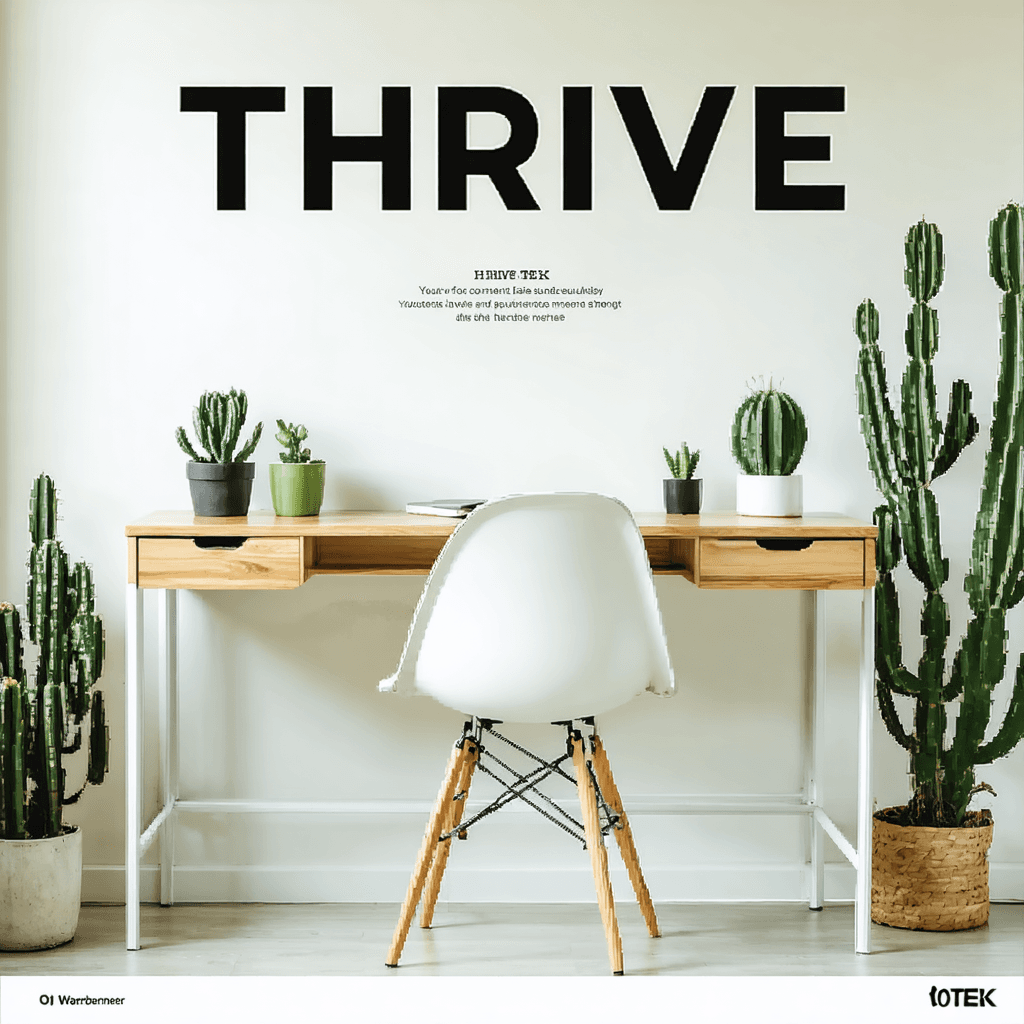Sit, Learn, Thrive: Ergonomics for a Better School Day
For many, the image of a school day is etched in memory: rows of desks, the quiet rustle of notebooks, and the occasional creak of a chair. But what if that chair, that desk, that entire physical environment could either hinder or help a student's ability to learn? Welcome to the world of ergonomics, where comfort and design intersect to unlock a student's full potential.
Ergonomics, simply put, is the science of designing and arranging workspaces, products, and systems to optimize human well-being and overall system performance. While often associated with office settings, its principles are just as crucial, if not more so, in educational environments.
Why Ergonomics Matter in Education
Imagine trying to concentrate on a fascinating lecture while your back aches, your neck is stiff, and your eyes are strained. Not exactly conducive to absorbing knowledge, is it? Poor ergonomics can lead to a cascade of issues for students:
- Discomfort and Pain: Back pain, neck pain, headaches, and even repetitive strain injuries can stem from poorly designed furniture and prolonged improper posture.
- Reduced Concentration: Discomfort is a distraction. When the body is struggling, the mind finds it harder to focus on learning.
- Decreased Productivity: A student battling physical discomfort is less likely to engage actively in class, complete assignments efficiently, or retain information effectively.
- Long-Term Health Issues: The habits formed in childhood often carry into adulthood. Poor posture and ergonomic negligence at a young age can increase the risk of musculoskeletal disorders later in life.
Creating an Ergonomic Learning Environment
The good news is that creating an ergonomic learning space doesn't require a complete classroom overhaul. Here are some key areas to focus on:
1. Seating: The Foundation of Comfort
- Adjustability is Key: Chairs should be adjustable in height so that students' feet can rest flat on the floor, thighs are parallel to the ground, and elbows are bent at a 90-degree angle when using a desk or table.
- Back Support: A chair with good lumbar (lower back) support helps maintain the natural curve of the spine, reducing the risk of back pain and encouraging good posture.
- Material Matters: Breathable fabric on chairs can prevent discomfort from heat and sweating, especially in warmer classrooms.
2. Desks: Finding the Right Fit
- Height Matters: Similar to chairs, adjustable desks are ideal. A desk that is too high or too low can lead to awkward postures and strain.
- Sufficient Workspace: A cluttered workspace can be distracting and ergonomically unsound. Desks should be large enough to accommodate necessary materials without feeling cramped.
3. Technology: Taming the Digital Age
- Screen Time and Eye Strain: Encourage regular breaks from screens to reduce eye fatigue. The 20-20-20 rule is helpful: every 20 minutes, look at something 20 feet away for at least 20 seconds.
- Laptop Ergonomics: If students frequently use laptops, consider investing in laptop stands and external keyboards to elevate the screen to eye level and promote better wrist posture.
4. Classroom Environment: The Bigger Picture
- Lighting is Crucial: Good lighting reduces eye strain. Natural light is best, but ensure adequate artificial lighting, avoiding glare on screens or work surfaces.
- Acoustics Matter: Excessive noise can be distracting and stressful. Consider ways to minimize noise distractions, such as carpets or wall-mounted acoustic panels.
5. Beyond the Classroom: Ergonomics at Home
The principles of ergonomics extend beyond the classroom walls. Here's how to promote healthy habits for studying at home:
- Dedicated Workspace: Designate a specific study area with a desk and chair that adhere to ergonomic principles. Avoid studying in bed or on the couch.
- Backpack Safety: Choose backpacks with wide, padded shoulder straps and teach children to use both straps to distribute weight evenly.
Investing in a Brighter Future
Creating an ergonomic learning environment is not merely about physical comfort; it's about investing in a student's ability to learn, thrive, and reach their full potential. By prioritizing ergonomics, we empower students to engage fully in their education, free from the distractions of discomfort and pain. It's about fostering a lifelong understanding of the importance of well-being and creating a foundation for a healthier, more productive future.
Ready to delve deeper into the world of optimal learning environments? Explore a wide range of courses and resources on 01TEK and discover how to unlock your full potential!
Hold fast to dreams, for if dreams die, life is a broken winged bird that cannot fly.
Langston Hughes



